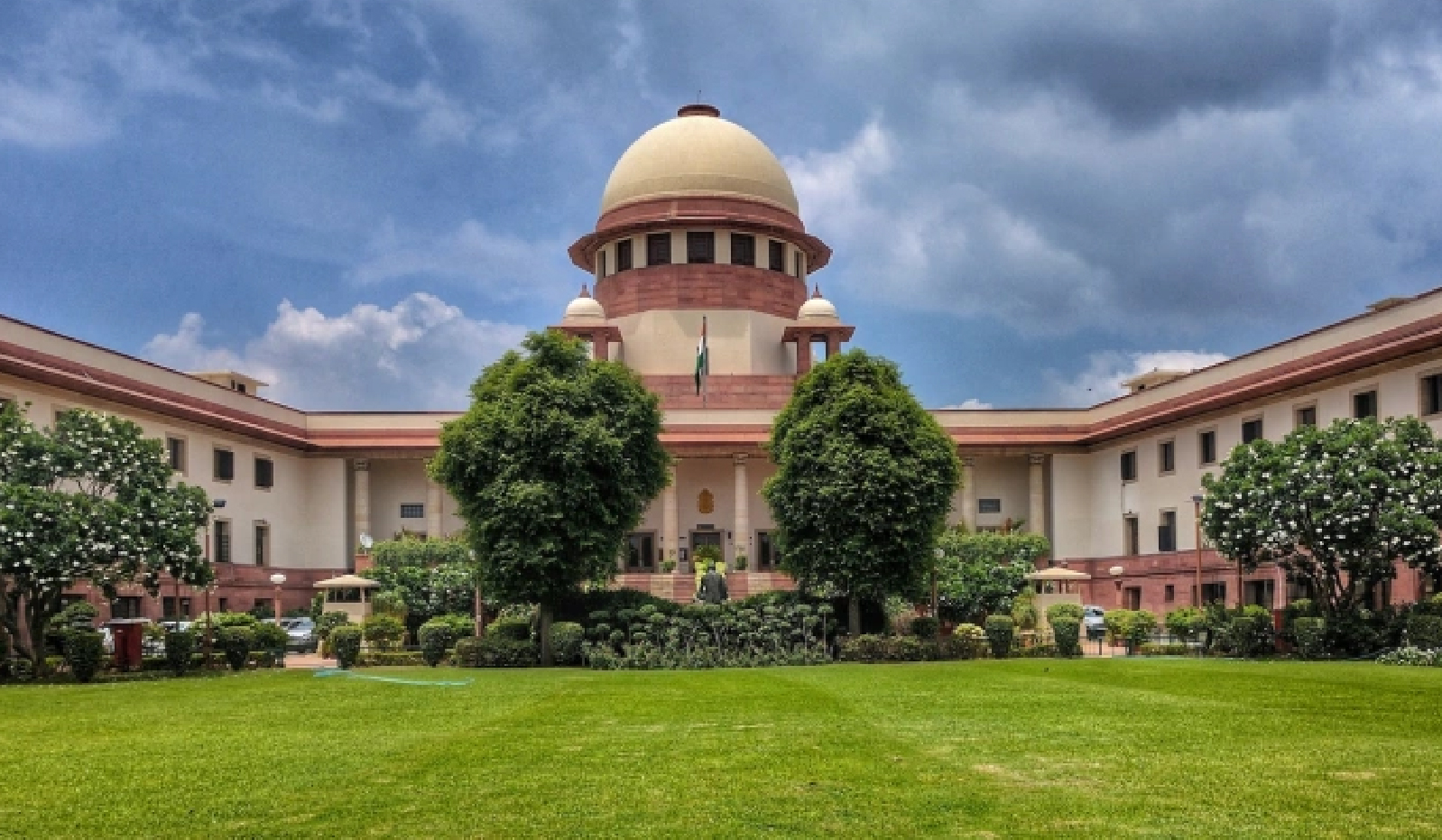Why in the News?
Recent emergence of Tier-2 and Tier-3 digital influencers – content creators from smaller towns and regional cities – have had profound impact on the dynamics of digital influence and cultural capital in India.
What is Cultural Capital?
- Cultural capital refers to non-economic assets like education, language, and cultural knowledge that confer social mobility. (Pierre Bourdieu)
- Traditional Cultural Capital in India
- Metro dominance: Cities like Delhi and Mumbai shaped cultural trends in media, fashion, and entertainment.
- Language hierarchy: English and upper-caste dialects dominated intellectual and aesthetic spaces.
- Elite institutions: Cultural validation stemmed from associations with institutions like Film and Television Institute of India (FTII), NSD, Doordarshan, and elite universities.
Rise of Tier-2 Influencers
- It includes Creators from cities like Jaipur, Patna, Surat, Guwahati with large social media following but rooted in regional identity.
- Platform access: social media (YouTube, Instagram, etc.) democratized content creation.
How Tier-2 Influencers Redefine Cultural Capital
- Decentralization of Taste and Influence
- Previously urban-centric symbols of sophistication are now complemented by rural/regional symbols.
- E.g., Village-based creators like Kiran Dembla creating mass trends.
- Vernacular as Cultural Power
- More than 50% of urban internet users prefer consuming content in regional language. (IAMAI)
- Platforms like ShareChat (Bharat-first app) boast 180M+ monthly users across 15 languages.
- Content in Bhojpuri, Haryanvi, and Marathi garners millions of views.
- Revival of Folk and Local Traditions
- Tier-2 influencers integrate folk music, traditional cuisine, and regional rituals into digital content.
- E.g., Rajasthan's Manganiyar music promoted through Instagram Reels.
- YouTube channels like Village Cooking Channel (Tamil Nadu) have 20M+ subscribers.
- Democratisation of Aspiration
- Influencers like Saurav Joshi featuring his simple life, family, and relatable activities, redefines success as authenticity, not sophistication.
- Local heroes → National icons: Many Tier-2 influencers inspire youth to create content in native accents.
- Platform for Subaltern Voices
- Creators from marginalized communities (Dalit, tribal, OBC) find space to articulate identity and lived experience.
- E.g., Khabar Lahariya, a grassroots rural digital newsroom, is run entirely by Dalit women.
Implications for Indian Society
- Cultural Democratization: Legitimizes diverse aesthetics, customs, and practices once considered 'non-mainstream'.
- Economic Empowerment: ~80% of creators on ShareChat and Moj are from Tier 2 and Tier 3 cities utilizing new monetisation models such as microtransactions, to drive the majority of creator earnings.
- Changing Political Landscape: Tier-2 influencers become digital opinion-makers in elections and policy discourse; political parties use them to mobilize regional youth on issues like jobs, caste, and local pride, etc.
- Bridging the Urban-Rural Divide Creates a sense of shared national identity that accommodates local pride; challenges stereotypes of rural India as regressive or culturally inferior.
Challenges and Ethical Concerns
- Digital Divide: Rural internet penetration still lags behind urban India; quality content from lower-income creators is limited by access to devices and training.
- Algorithmic Bias: Social media algorithms prioritize clickbait or sensational content; big businesses still favour polished metro creators for brand partnerships.
- Stereotyping and Tokenism: Rural culture sometimes showcased as "exotic" rather than authentically represented; Brands may co-opt regional identity without genuine engagement, etc.
- Commodification of Culture: Local rituals or practices often oversimplified for virality, risking distortion.
Conclusion
As Digital India grows, by making vernacular visible, regional relevant, and subaltern powerful, Tier-2 influencers herald a more inclusive and democratic cultural discourse, valuing authenticity over elitism and diversity over uniformity.





